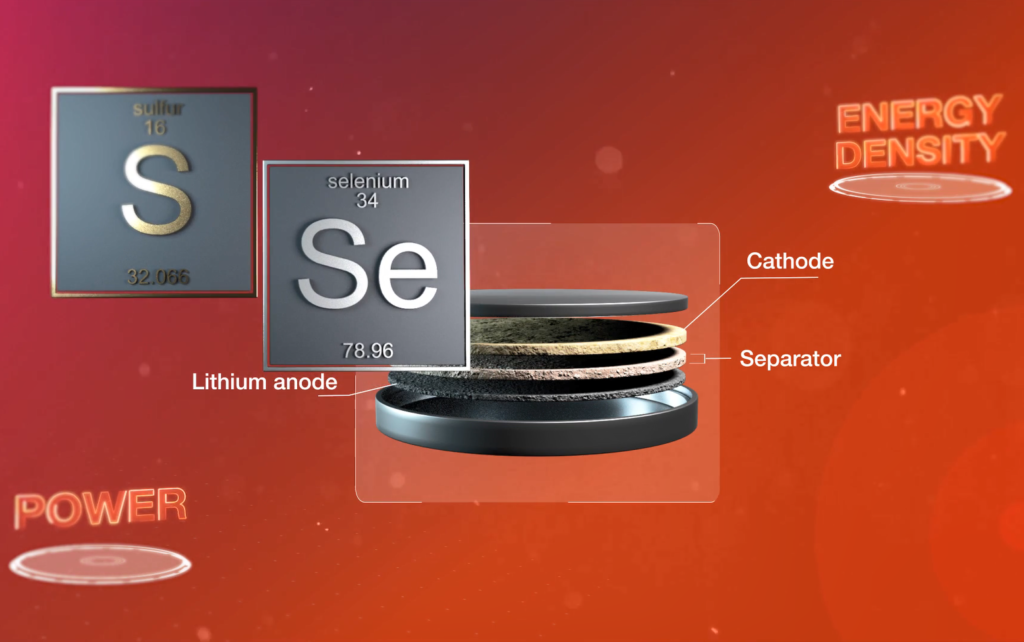NASA has been studying battery-powered flight for a while as part of its Solid-state Architecture Batteries for Enhanced Rechargeability and Safety program, and has made significant progress with a new battery prototype. This sulfur selenium battery has a higher energy density than traditional lithium-ion batteries and can release stored power faster than regular solid-state batteries, providing aircraft with a significant amount of power for takeoff.

The SABERS team has made further innovations in their battery, resulting in it being 40% lighter. Their battery cells, made of sulfur selenium, can now be stacked without the need for a casing.
Removing the casing from cells allows for increased energy storage in a limited space, which is beneficial for fitting batteries into an aircraft. Additionally, this allows for smaller and lighter cooling systems for the cells.

The solid-state sulfur selenium batteries developed by NASA have the advantage of being able to withstand higher temperatures compared to traditional lithium-ion batteries, which can experience spikes in temperature due to the large amounts of energy needed during the initial stage of a flight.
Furthermore, electric flight advocates have reason to be pleased as electric aircraft are not as impacted by rapid changes in pressure during takeoff and landing.
One potential disadvantage is the high cost of this solid-state battery. Additionally, the testing procedures for approving new components in commercial aircraft are much more demanding compared to those for regular vehicles.

Although the expense of using a sulfur selenium battery in a passenger vehicle may be too high, airlines and air taxi companies could find it more financially feasible to distribute the cost over numerous flights.
“We’re on the brink of a transportation revolution, and batteries are gonna be a key player in making it happen. And guess what? NASA’s gonna be right there, making it all possible.”
Reference- NASA website & Online newsroom, Interesting Engineering, Inside EVs, Futurism





